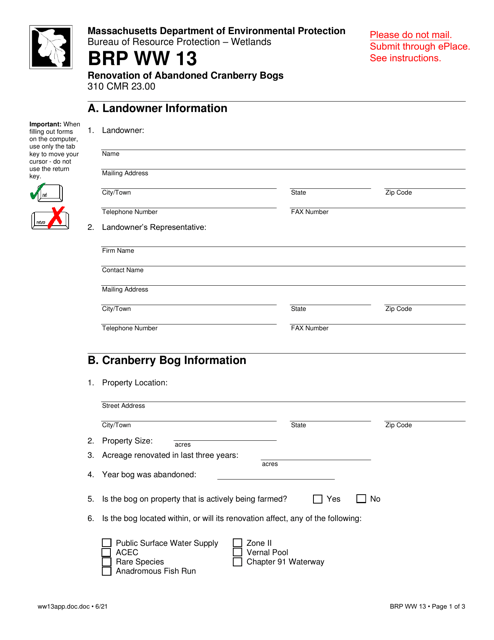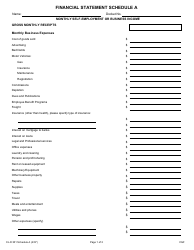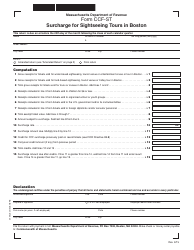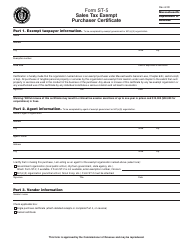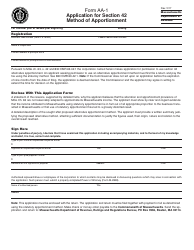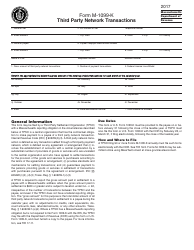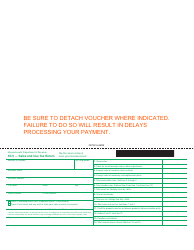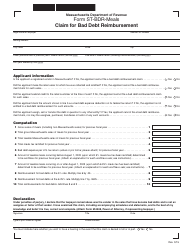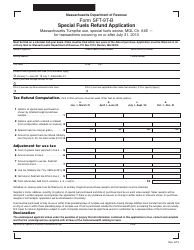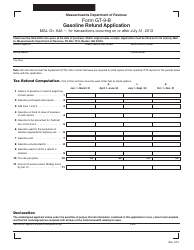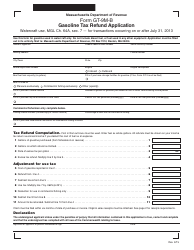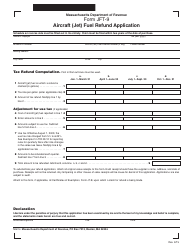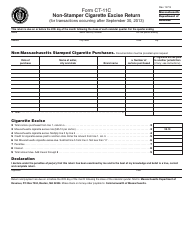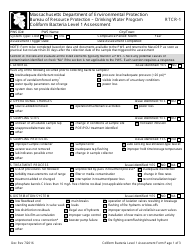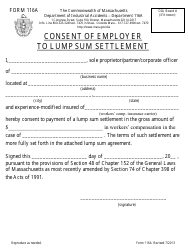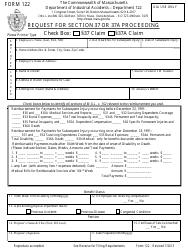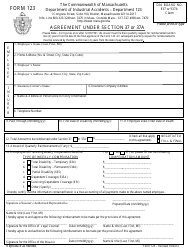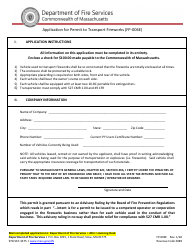Form BRP WW13 Renovation of Abandoned Cranberry Bogs - Massachusetts
What Is Form BRP WW13?
This is a legal form that was released by the Massachusetts Department of Environmental Protection - a government authority operating within Massachusetts. As of today, no separate filing guidelines for the form are provided by the issuing department.
FAQ
Q: What is BRP WW13?
A: BRP WW13 refers to the Renovation of Abandoned Cranberry Bogs project in Massachusetts.
Q: What is the goal of the project?
A: The goal of the project is to renovate abandoned cranberry bogs in Massachusetts.
Q: Why is the renovation of cranberry bogs important?
A: Renovating the cranberry bogs helps to preserve the natural habitat and supports the cranberry industry in Massachusetts.
Q: Who is responsible for the project?
A: The project is managed by the Massachusetts Department of Environmental Protection (DEP).
Q: What activities are involved in the renovation?
A: Activities involved in the renovation include removing debris, restoring natural water flow, and planting new cranberry vines.
Q: How long does the renovation process take?
A: The renovation process can vary depending on the size and condition of the cranberry bog, but it generally takes several months to complete.
Q: Can individuals or organizations participate in the renovation project?
A: Yes, individuals or organizations can participate in the renovation project by volunteering or providing financial support.
Q: What are the benefits of renovating cranberry bogs?
A: Renovating cranberry bogs helps to enhance wildlife habitat, improve water quality, and promote the cranberry industry in Massachusetts.
Q: Are there any requirements for volunteers?
A: Volunteers may need to undergo training and follow safety guidelines to participate in the renovation project.
Q: Is there any financial assistance available for cranberry bog renovation?
A: Yes, there may be financial assistance programs available for cranberry bog renovation. Contact the Massachusetts Department of Environmental Protection for more information.
Form Details:
- Released on June 1, 2021;
- The latest edition provided by the Massachusetts Department of Environmental Protection;
- Easy to use and ready to print;
- Quick to customize;
- Compatible with most PDF-viewing applications;
- Fill out the form in our online filing application.
Download a fillable version of Form BRP WW13 by clicking the link below or browse more documents and templates provided by the Massachusetts Department of Environmental Protection.
